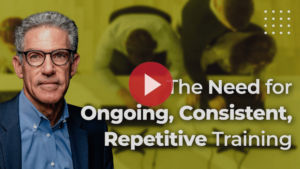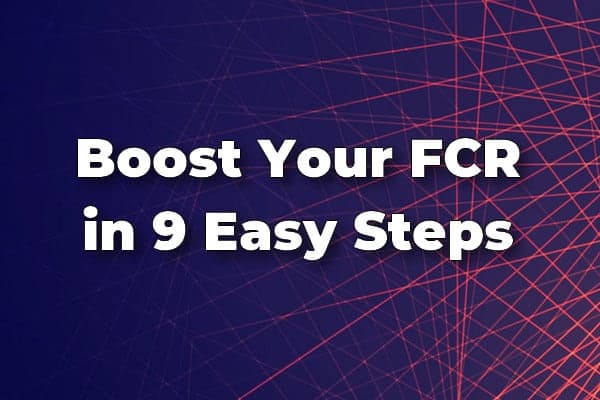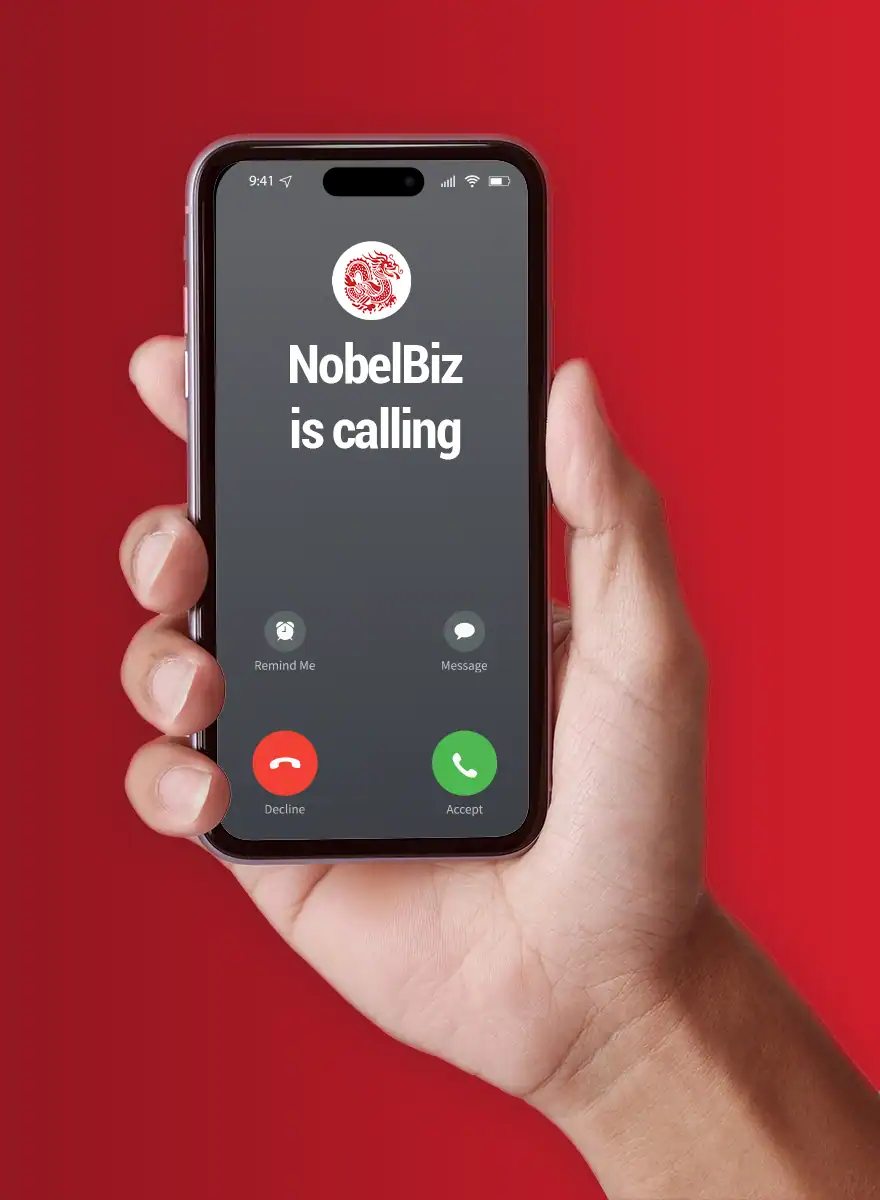The First Contact Resolution Rate (FCR) is a crucial KPI for measuring the effectiveness and quality of your customer service. This indicator is regarded as one of the most influential metrics for measuring customer service effectiveness. And to enhance it, you will need to select the appropriate tools and develop a practical management approach.
When a problem arises, the customer expects a quick and efficient resolution. It isn’t easy to satisfy every customer on the first interaction. However, by studying customer experience metrics such as FCR, contact centers can create a balance between customer satisfaction and reducing service costs.
So it’s time to strengthen customer relationships and leverage the power of customer service resolution. Check out the following guide to help you make the right first impression.
Key Takeaways:
- You have to pinpoint the exact reason for a low FCR
- Your call center should be a customer-centric business
- Proper ongoing agent training and monitoring
- Call center technology has evolved to deliver proper performance levels, quality, and FCR enhancement.
How to boost your First Call Resolution in 9 easy steps?
1. Determine the reason for a low FCR
Determine as quickly as possible what is causing a decreased First Call Resolution (FCR). What are the persistent issues? Where is the inefficiency or lack of knowledge among agents?
This data will enable you to take immediate action to enhance your first contact resolution rate. Here are a few questions you need to answer:
- Why does a client interact with your business over several communication channels?
- Why was the consumer dissatisfied with the initial contact?
- Why was the call routed to the incorrect division?
- Review the data from Quality Monitoring.
- Review call records and logs.
- Analyze customer comments.
- Consult with your call center agents and supervisors.
To answer these questions, you need to:
2. Determine why customers are calling back
To enhance the rate of first-call resolution, the first step is to discourage customers from calling back. Therefore, you must discover the causes of repeated calls, particularly those that result in customer discontent. You may accomplish this in two steps:
Step 1: Analyze the callback reasons
By asking the right questions. For example:
- What is the nature of the requests that result in several calls?
- Are your clients inquiring about after-sale service difficulties or concerns?
- What reason stimulates callbacks?
- Is it due to a linguistic barrier made by call center agents? Poorly conceived procedures? Incomplete products? Exogenous problem?
This is a tedious but crucial process that helps with determining a strategy to eliminate call repetition.
Step 2: Analyze failed call routings
Frequently, a client does not reach the appropriate agent to handle his query or request. The contact center transfers the call from one platform to the other, wasting everyone’s time.
On the one hand, long wait times hurt the general customer experience and satisfaction. On the other hand, their call engages at least two agents, which is detrimental to contact center productivity.
You must identify the calls causing transfers by determining the start and end locations of the transfer to resolve the issue – for instance, by improving the call routing in your interactive voice server.
3. Anticipate customer needs
As a contact center, you must be proactive and anticipate any issues your consumers may experience. To do this, you must examine client feedback and identify the difficulties they experience with your product or service. You must create post-contact surveys to collect consumer feedback and assess the performance of customer care agents. Customer satisfaction surveys are an excellent method for confirming whether or not the customer’s request has been satisfied.
Knowing how the consumer interacts with the product or service might reveal a great deal about potential future issues. Asking your consumers for comments or just keeping track of their difficulties while using your product will yield important data and information.
Using this method, you may anticipate future questions your consumer will likely have. Answering these questions immediately will prevent the consumer from contacting you later. In conclusion, be proactive! Be the one who notifies and apologizes for malfunctions, rather than the one who is informed of the bad customer experience.
4. Reorient your approach around the client
Contacting your customer support should be quick and straightforward. Imagine being in your client’s position and jumping through hoops to receive assistance. When you reach someone who can truly assist you, you may be pretty frustrated.
The more effort required for consumers to reach you, the lower the customer satisfaction rating. Why? Because, rather than having a clear discussion about the issue they are facing, their priority is now expressing their dissatisfaction with the quality of your customer support.
The time you would have spent solving the customer’s issue is now spent soothing and comforting them. Your consumers may be unsure of how to articulate their issue, have forgotten things they wanted to ask, and will need to contact you again to convey their worries adequately.
What should you do then? You must ensure you are where your community expects you to be. Today, providing customer support via social media is essential.
According to enterpriseappstoday
- 50% of United States consumers look first at the service level report for famous brands before they make contact with them
- 80% of consumers feel emotionally connected when they get a positive response whenever they approach for help.
- Live phone support continues to be the best option. But other channels are making progress.
- Customers who prefer to phone: 69%; Email: 54%; Online Chat: 46%.
5. Proper ongoing agent training and monitoring
Optimizing the FCR is contingent upon your call center agent’s awareness. That is why you should:
- Explain to your agents why the FCR is essential: and why it must be improved to make sense of the quality of your speech and plan. Stop prioritizing call handling time while ignoring the quality of the response. In other words, eliminate the “fast and dirty” methods!
- Display individual and group results: to encourage competition amongst agents and reward the highest performers. Incentivize your call center agents based on their repeat business rate. Establish a system of bonuses and penalties based on a scale and pertinent KPIs.
- Update the knowledge base: You must utilize the reasons for callbacks to feed and enhance the knowledge base so that agents are never caught off guard and unable to respond precisely to a caller.
- Correct standard answers: When you listen to calls, ensure the solutions are correct. If it indicates that the caller has not understood or has misinterpreted, then you must enhance the agent’s speech by increasing the clarity of standard answers.
- Supervisors must be in sync with agents: to assist them in times of uncertainty. Agents who find it difficult to maximize their FCR will be unable to meet their objectives if they do not obtain the required training based on field input.

Call Center Training should not be a process that only occurs during the onboarding process, but should be ongoing, with repetition and reinforcement. The ever-changing environment inside a corporation should allow for the efficient conveyance of information to frontline personnel.
Find out more about Michael Tamer, CEO of Proponisi, and his perspective on “The Need for Ongoing, Consistent, Repetitive Training.”

Customers nowadays are digital-first, and that is non-negotiable. They want to be informed, like to be the first to hear about breaking news, and value being present when significant events occur. They want brands to communicate in their language and through their platforms. This may either be a tremendous challenge or an excellent opportunity! More from our video on How to Build a Seamless Customer Experience Using Omnichannel?
6. Having the right productivity tools
A contact center is comprised of both people and productivity tools. A poorly-equipped call center cannot get the most excellent first-call resolution results. That is why you must:
- Ensure that you take care of call routing by optimizing your call center IVR (by configuring your parameters) and segmenting your teams to handle requests based on call type or client profile.
- Offer your teams effective solutions: A reliable CRM system that provides each agent with a comprehensive call log and enables simple tracking of the caller’s journey;
- A knowledge base integrated with the CRM that is regularly enriched so that all agents have the same support, with the necessary information to provide a coherent response regardless of the customer’s contact channel request;
- A telephony tool with a complicated tree structure for intelligent routing configuration.

Call center technology has evolved into actual levers that can move performance, quality, and customer satisfaction enhancement. However, contact centers differ widely, and each organization must consider its unique needs and goals while selecting the most appropriate technologies.
This e-book identifies the 16 most essential technology tools for contact centers.
7. Enhance customer satisfaction through soft skills
In terms of increasing call response rates, your company’s most valuable assets are its agents. Below are some suggestions for handling calls more effectively with soft skills:
- Determine the customer’s requirements: Listen attentively to the customer’s concerns and determine what they desire. To better grasp why the consumer is calling, you should ask clarifying questions and repeat back facts.
- Give an estimation of resolving the issue: Once you have determined what must be done to suit the customer’s demands, inform them when their problem will be remedied. This tells the consumer that you are working on their issue and provides them with an accurate estimate of how long it will take.
- Provide precise instructions: Provide consumers with clear, exact directions regarding their next steps. If they are experiencing difficulties, you can stay on the line with them or lead them through specific steps to solve the issue, prevent repeating it, and avoid having to call back.
- Stay optimistic: Customer discontent might occasionally demoralize agents. It is essential to maintain composure in the face of angry customers. Attempt to remedy the issue or suggest subsequent measures if it’s beyond your skill.
8. Monitor the Customer Experience Metrics to Find Out How Your FCR Impacts Your Call Center Performance
Many factors influence your customer service resolution rate. Before you fix the problem, however, you should first determine the underlying cause of the issue. By tracking the FCR, call centers can identify their first call resolution and respond accordingly.
You can improve your customer service resolution rate by analyzing your FCR and asking yourself:
- How much can you improve your FCR before the customer stops calling your business?
- Are you calling your customers enough, and how many times a day is that?
- What can you do to create an exceptional customer experience before calling your customer service?
One of the best ways to track customer experience metrics is to have a Cloud Contact Center Solutionthat can constantly harness the power the data and give your managers accurate Key Performance Indicators.
9. Read the Forecasts to Evaluate Current FCR Performance
To determine your current FCR performance, you can consult several metrics, including resolution rate, total calls, process steps performed, on-time resolution rate, and remaining call resolution time.
Do you have a precise and reliable process for resolving your call issues? For instance, do you explain the details in your call resolution notes?
Do you respond to your callers to resolve their issues as quickly as possible? For example, do you fix your service issues within 20 minutes of the first interaction?
How many calls are you making every day? Do you respond to your calls on time? Or do you call back and give the issue more time before you resolve it?
If you have an established method and an excellent process to resolve your call issues, you will have an easier time and reduce the workload of your call centers. For example, you may increase the number of calls you answer by adding service coordinators. So even if your first call resolution rate is average, you will resolve much more calls.
You can also assess your current FCR by monitoring customer satisfaction reports from existing customers who provided feedback on your call center’s performance. To determine your customer satisfaction, you can compare these ratings with the previous years’ ratings. The reports provide input based on multiple factors such as call centers, current agents, call volume, and quality.
You should not measure the success of customer service resolution and call center management by just looking at the FCR. To improve your call center, you need to track the process of answering every call. Doing so will help you generate accurate call data and resolve every customer’s issues. You can then establish specific steps and processes to solve each customer’s problem. For example, you may assign a supervisor to resolve each call immediately.
Conclusion
Working toward a more refined and effective FCR should be a top priority in customer service management. Using these methods, you can obtain incredibly encouraging results within the first few months. The first-call resolution might be challenging to achieve consistently.
However, a genuine dedication to being a customer-centric call center significantly impacts your First Call Resolution. This enhancement is rapidly profitable, particularly in:
- Reducing service fees
- Reducing call abandonment rates and callback rates
- Improving time allocation for the customer service staff
- Delivering enhanced services and excellent Customer Experience.
- Increasing client satisfaction by minimizing waiting time; over time
- Developing brand loyalty and achieving customer engagement.

Michael McGuire is a contact center industry expert with almost two decades of experience in the space. His experience includes roles as Director of Contact Center Digital Transformation at NobelBiz, and as Director of Operations at FLS Connect, managing multiple call centers. As President of Anomaly Squared and Targeted Metrics, Michael successfully transitioned companies into remote operations and significantly boosted revenues. With a strong background in customer service, leadership, strategic planning, and operations management, Michael excels in driving growth and innovation in the call center space.
Mike is also a proud Board Member for R.E.A.C.H Trade Group, promoting consumer protection and satisfaction and Co-host of the Off Skripted Podcast – a show about Life, Call Centers and everything in between.







